In today’s article I'll talk about the experiments I've done with my staff on espresso puck screens. I don’t know about you but I’m a curious person and wanted to know if using a puck screen make a difference. Now, I will give you essential information on espresso puck screens as well as show you the extraction data we have gathered - read on!
What Is A Puck Screen?
Designed to enhance espresso extraction, the puck screen is a small screen or perforated metal disc that rests on top of the espresso puck. This innovation gained significant traction after Flair incorporated it into their Flair 58 espresso maker and is now a common tool in specialty coffee.
Who Popularized the Puck Screens?
Scott Rao, a coffee expert, and trainer introduced the idea of a paper screen. The technique is placing two filter papers on top and two underneath the puck.
Although the paper filter technique worked for many espresso enthusiasts, Scott Rao switched to a single screen made of metal. According to him, the single espresso metal-based puck screen is said to be more efficient and reliable than paper filters. Let's test this out!

How Do Espresso Puck Screens Work?
The water flows through the shower screen of the espresso machine and contacts the coffee puck in streams. However, these streams are unsuitable for the coffee bed because they can cause craters and channeling. We want an evened-out stream to get all the proper flavors in the coffee.
Because the shower screen does not have an appropriate number of holes, it can lead to various problems even after the pre-infusion process. Although you can buy a new shower screen to distribute water, you can’t achieve optimal and uniform water distribution.
Using A Puck Screen
Integrating a puck screen into your espresso brewing is a simple process. After evenly tamping your espresso, place the puck screen directly on top. Attach the portafilter to your machine and brew as normal. While the puck screen typically removes easily, if it sticks, gently knocking the portafilter against your palm is usually enough to dislodge it.
Puck Screen Benefits
Cleaner Group Head: By serving as a protective layer between the coffee puck and the group head, a puck screen effectively keeps the group head cleaner.
Drier Espresso Pucks: Using a puck screen results in drier pucks, likely aiding the 3-way solenoid valve in expelling excess water, which simplifies portafilter cleaning.
Channeling Prevention: Puck screens help distribute water across the coffee puck and prevent channeling. This leads to a more consistent and evenly extracted espresso shot.
Types of Puck Screens
Mesh Filters
Mesh puck screens are offered in a wide range of sizes and thicknesses. The main drawback is the maintenance effort needed to clean trapped coffee grounds and oils but they are the best for water dispersion.
Stainless Steel Discs
Stainless dics are very similar to Aeropress steel filters. They are easier to clean, thanks to the absence of mesh holes. However, it's worth noting that it does not disperse water as evenly and is more susceptible to channeling compared to mesh filters.
Paper Filters
While paper filters may not typically be associated with puck screens, they are surprisingly effective. Their disposable nature and ability to be positioned at the bottom of the basket add to their convenience.
How to Choose Espresso Puck Screens?
As mentioned earlier, paper, mesh, and screen are common types of puck screens. However, we recommend using an espresso puck screen made of metal because it is reusable, durable, and more effective.
What is the best thickness for a puck screen?
In the factors to consider when choosing the best espresso puck screen, you need to think about the puck screen’s thickness. I recommend between 1.5mm and 2mm to prevent channeling and ensure proper water distribution.
Choosing a puck screen with an appropriate thickness can hold the pucks solidly and reduce the risk of spurts and channeling. Therefore, choose a single-layer or multi-layer coffee puck screen based on your needs.
Although you can choose a puck screen made of varied materials, we recommend going for stainless steel because it is exceptionally durable, resistant to rust, corrosion, and it's long-lasting.
Testing The Puck Screens
Method
To test if these puck screens really work, we made a series of test. The first test is to understand the effect on the extraction yield. We will weigh an 18g dose and stop the shots as close to a 2:1 ratio. Each shot will be timed. When the shots were pulled, we let them cool in an airtight container before doing a Brix test. We'll be evaluating the metal screen on top of the puck and without.
With second test I want to understand the effect it has on the taste. I did a blind taste test with the staff to see if they could identify any differences in the taste. I'll mix the shots of espresso from each group to get a more accurate representation. The aim is to find what impact the screens have on extraction and how evenly the puck is extracted.
Hypothesis
From our previous experience with the puck screens, we think that they should increase the extraction yield when it's placed over the puck. We also expected the shots to be more balanced in flavors and have more clarity.
Results
With all the shots pulled we were able to make this table. By knowing the Brix % we can find the Total Dissolved Solids % (TDS%). The Extraction Yield % is calculated by taking the TDS of the espresso and multiplying it by the extraction ratio, 2:1.
(TDS x extraction ratio = extraction yield)

With the second test, we noticed that the crema of the coffee with the puck screen had less tiger striping and was an even brown color. There were times where the shots without a puck screen had coffee that would spurt out of the basket. Wasteful and a messy counter. Lucky for us it didn't happen with the puck screen. The pucks were dry after extraction, and we agreed that the coffee was slightly more acidic but had more clarity.
Discussion & Analysis
We can see with the shots sorted from lowest to highest EY%. The ones with the puck screen were less extracted. At first, we were surprised because we were expecting it to be higher, but it does correlate with what we tasted.

The average EY% for the shots without a filter was 21% and with the filter it was 20.7%. This variation is too small to be significant. Adding to that, shots weren't filtered, that can make a variation of +/-0.2%.
Extraction yield doesn't tell the whole story. This is because it's an average of the extraction of the puck. In other words, some part of the coffee might be very extracted while others might be unextracted. Where the variation is significant, is shot times. We can see that the shots with a puck screen were pulling more than a second faster on average.

In the experiment, we didn't change the grind size for each group to see how it affected the shot. Since the espresso poured faster with a puck screen, we could grind finer for the same extraction time and get more extraction. It would be interesting to try this test with different grind sizes for the two options and match the extraction times to see what results that might bring.
One thing we all agreed on when tasting was that the shots with the screen were more balanced. There was less astringency, and the acidity was softer. When looking at the bottomless portafilter, the coffee flowed more evenly across the basket. It was also visible in the crema.

Final Words
A puck screen is an excellent accessory or tool for coffee lovers to eliminate channeling via improved water distribution/flow. Purchasing a premium-quality espresso puck screen will ensure optimal and consistent extraction. So, sit back, relax, and enjoy a cup of delicious espresso.
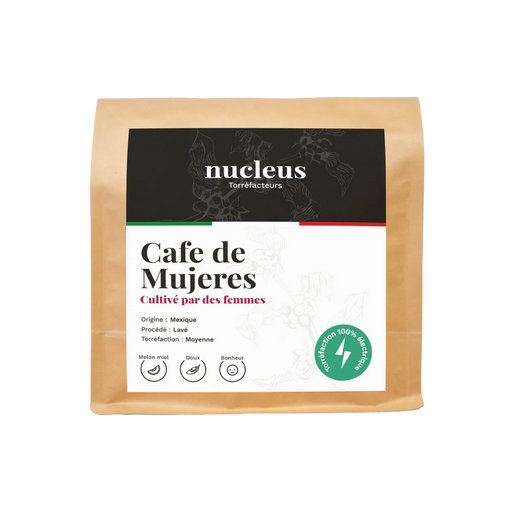

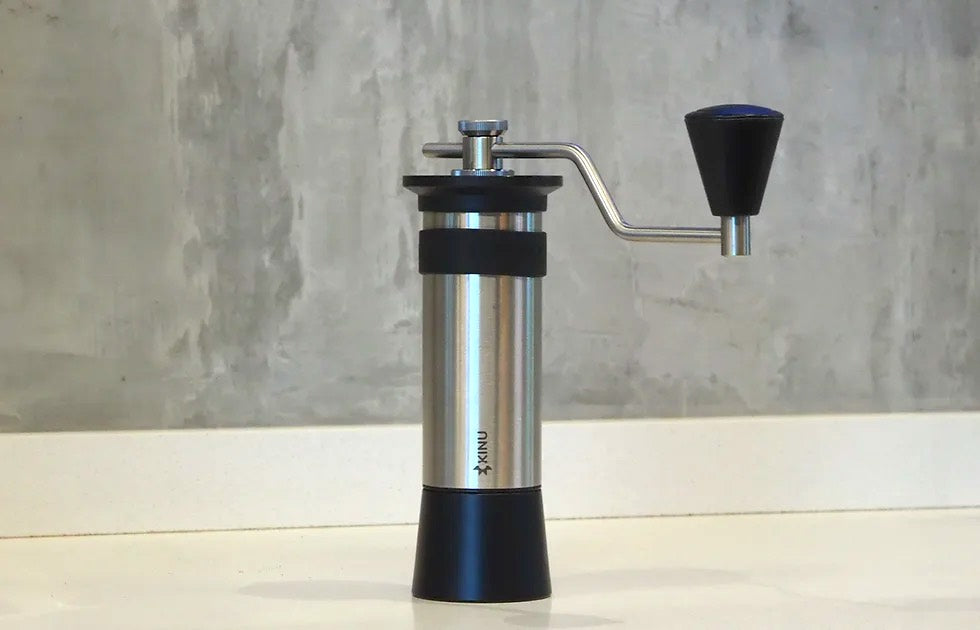



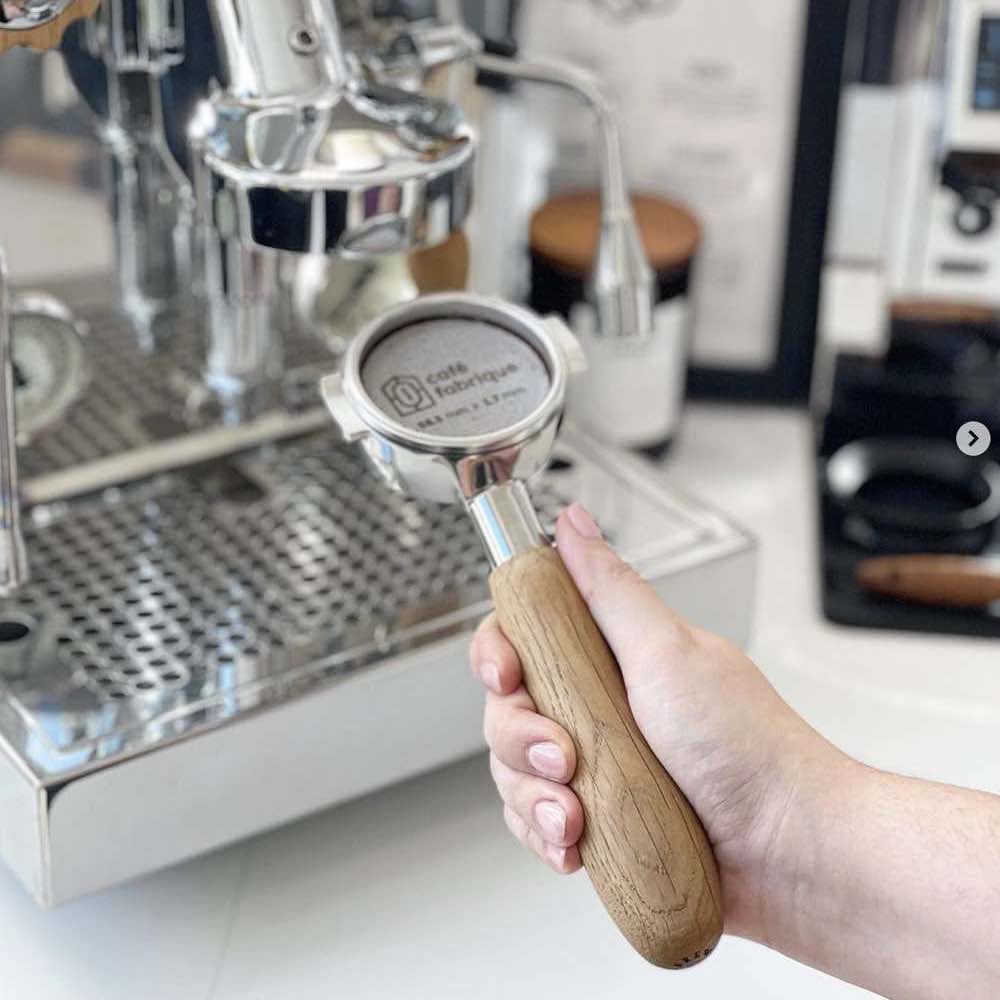
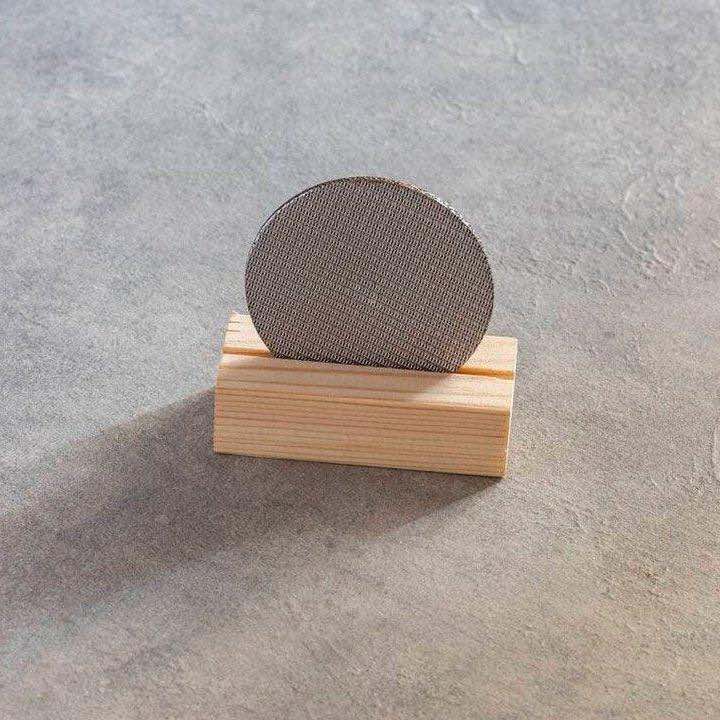


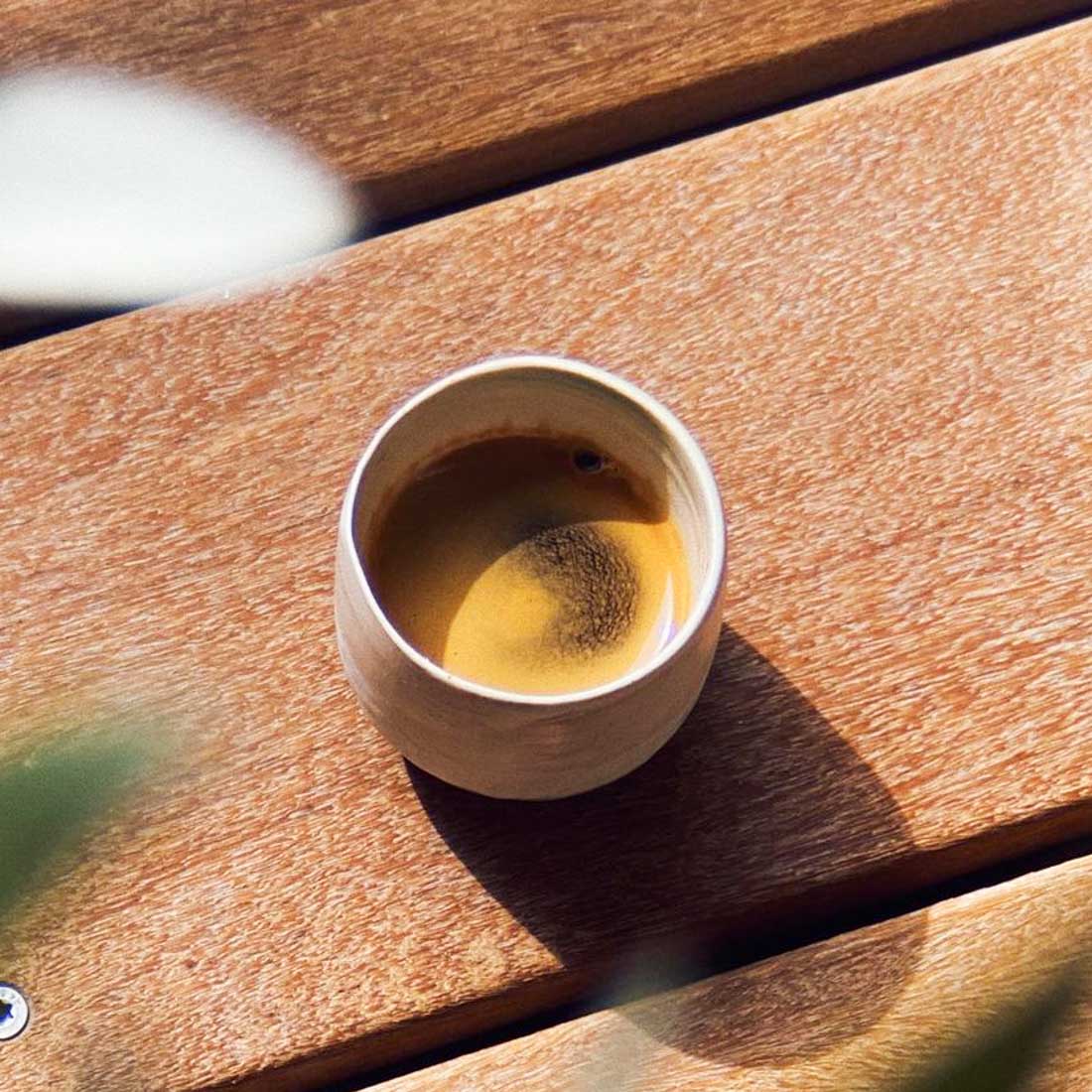
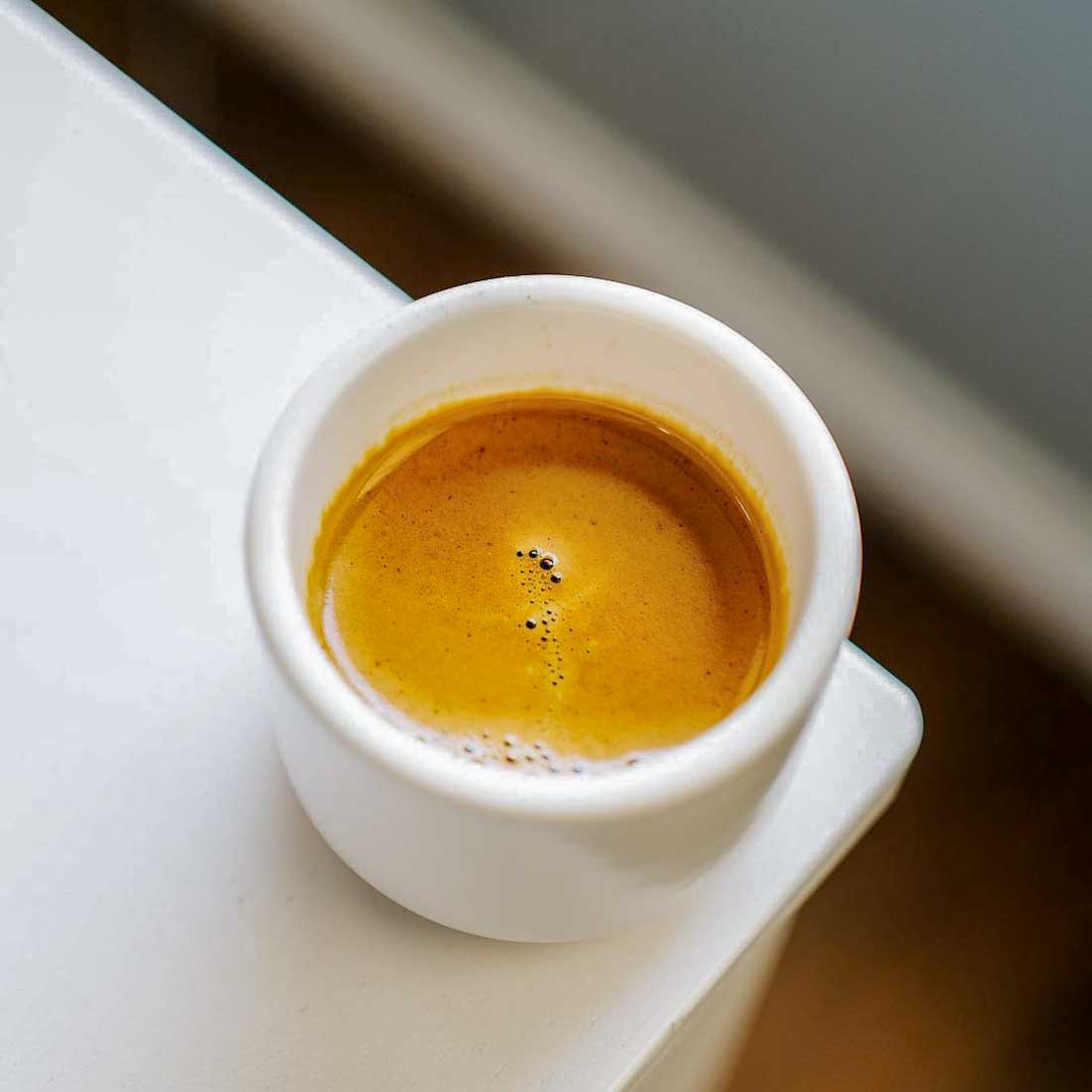
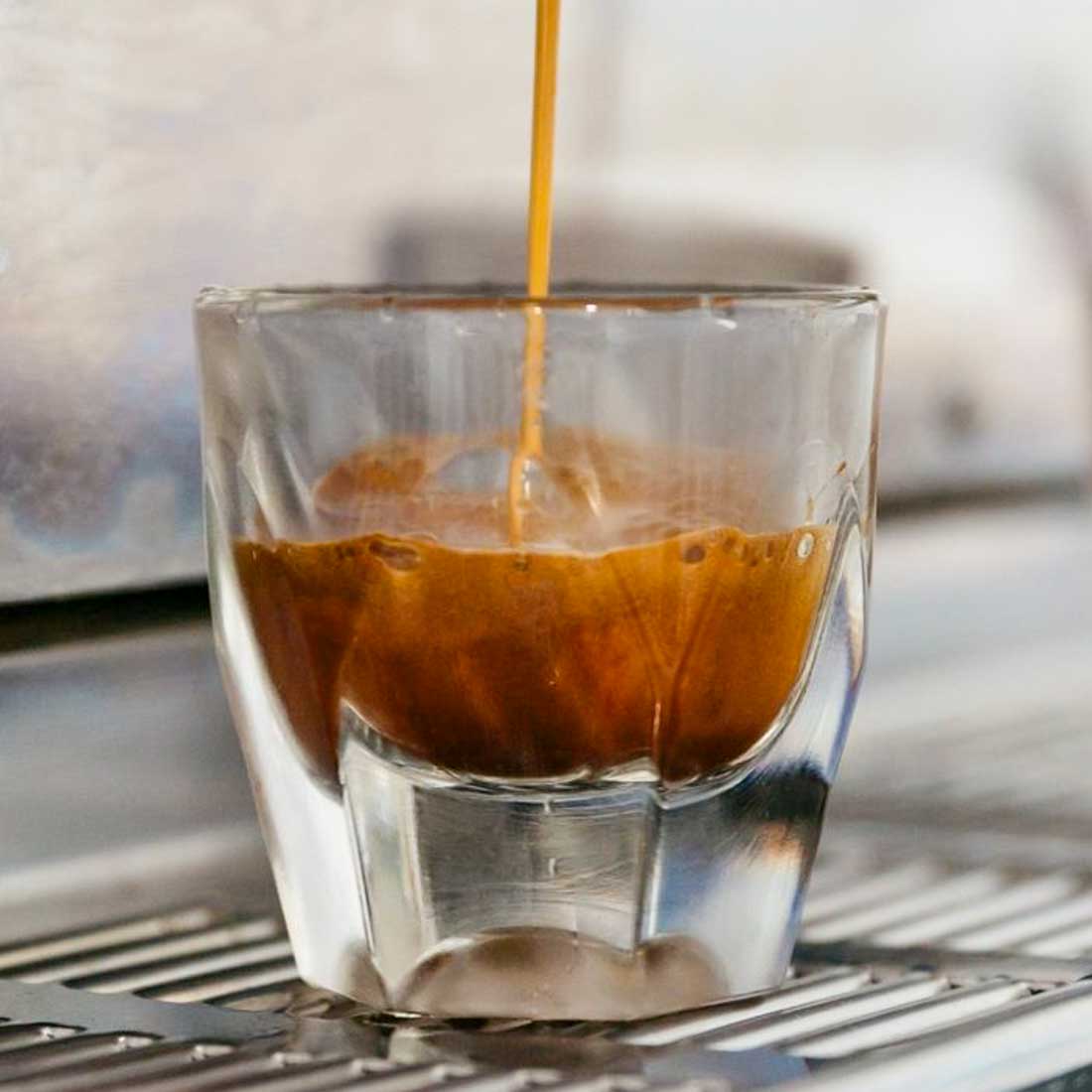
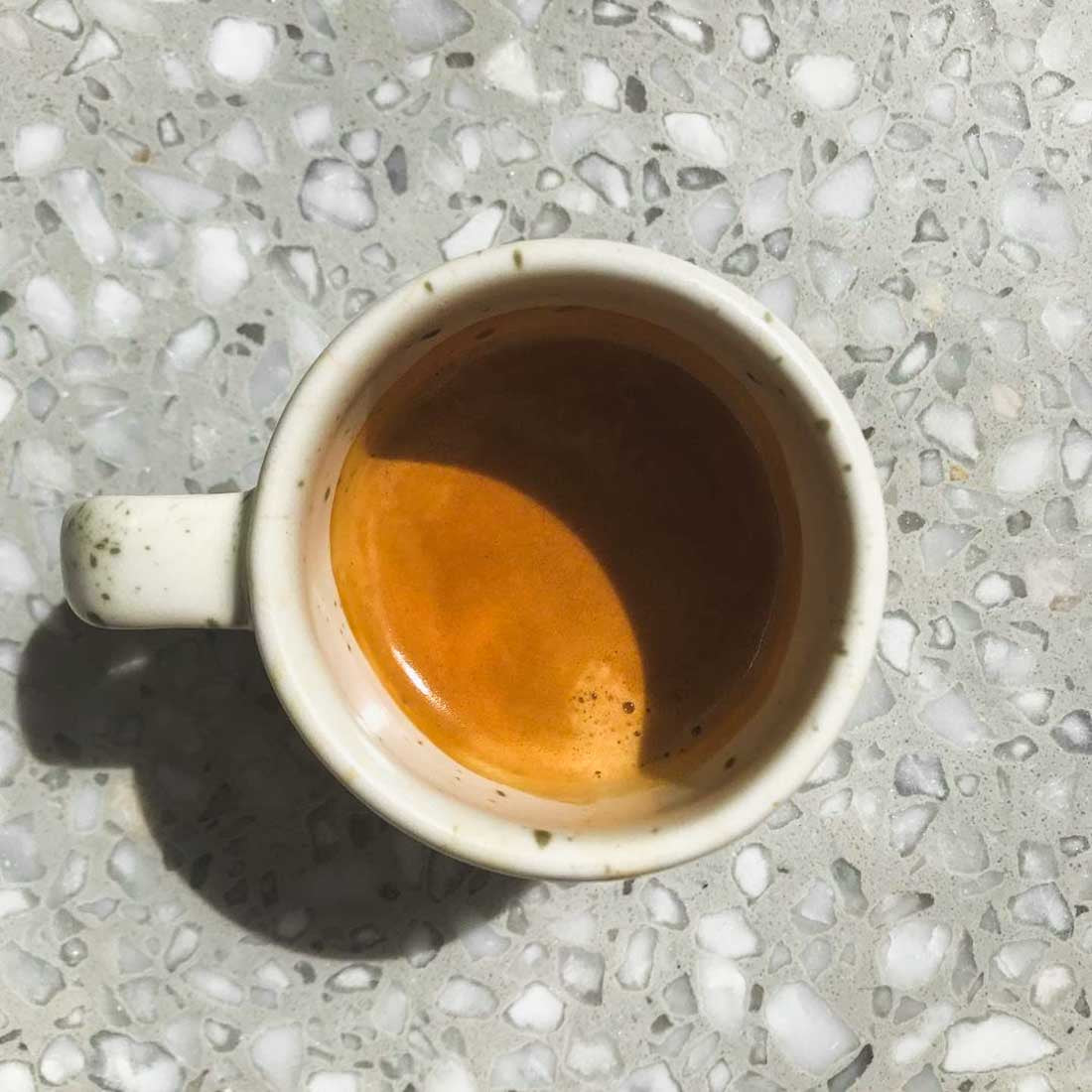
Comments
100% D’accord sur ce qui est dit dans cet article et j’adore ton puck screen, tout le monde devrait avoir ça au peu que ça coûte et c’est zéro effort de rajouter ça dans sa routine. Un petit oublie dans l’article, c’est quand même un gros plus d’aussi avoir une douche 10x plus propre avec le puck screen et éviter les rares fois ou le E61 peut succionner la puck qui reste collé sur la douche en enlevant le porte-filtre. Ce qui est l’fun du screen c’est qu’il y a 0 trade-off ou désavantage et que des bénéfices.
Your comment